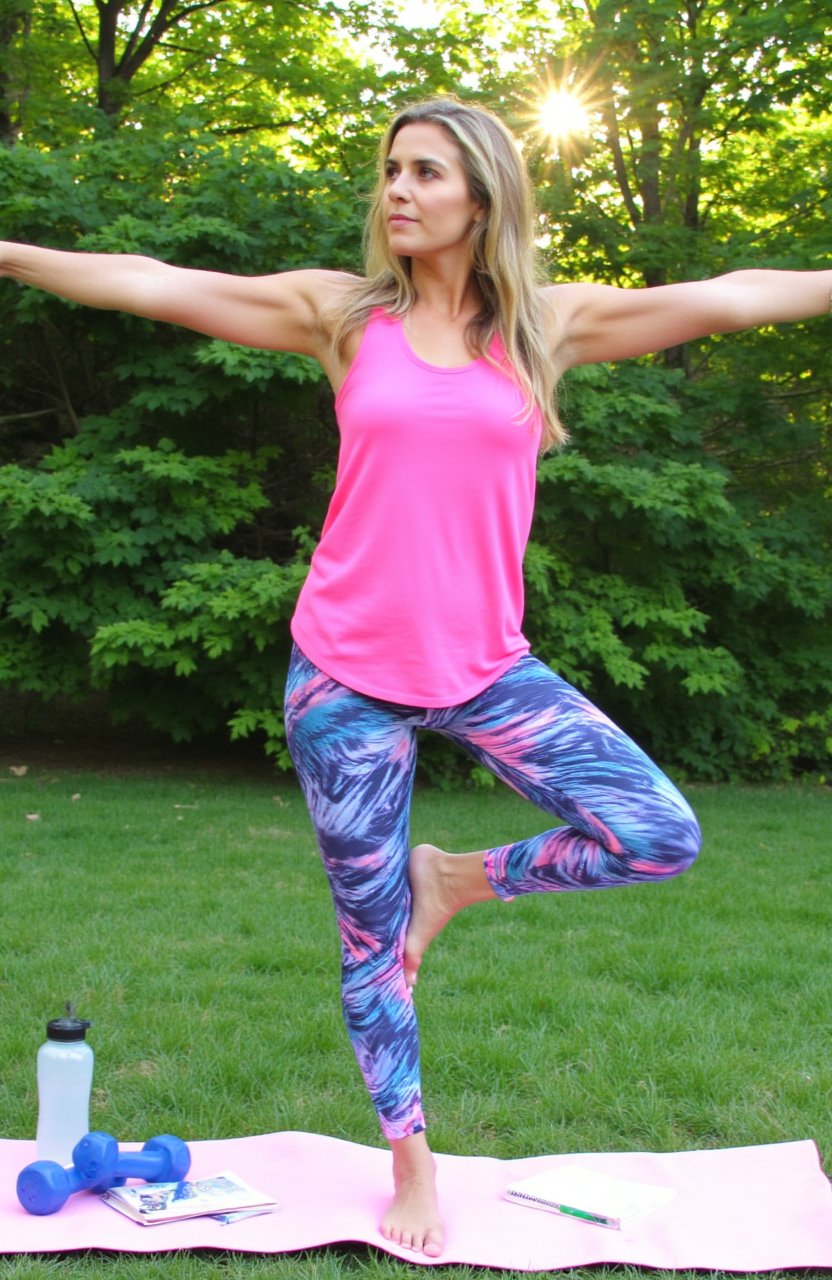When you push your limits during workouts, muscle recovery becomes just as important as the exercise itself. You’ve probably felt those sore muscles after a tough session, and you know that what you do afterward can make all the difference. A few smart recovery strategies can help you bounce back quicker, so you’re ready to hit the gym again.
Let’s start with cold water immersion (CWI). This method can reduce muscle soreness and inflammation after intense workouts. It’s not a one-size-fits-all though; some women find hot water immersion (HWI) more effective. Experiment and see what your body responds to best. Interestingly, recent studies have shown that neither CWI nor HWI significantly improved recovery parameters compared to a control group.
Cold water immersion can ease muscle soreness, but don’t shy away from experimenting with hot water immersion to find your perfect recovery method.
Then there’s heat therapy—it increases blood flow and helps with muscle stiffness. If you’re feeling tight, a warm bath or heating pad could work wonders. Active recovery modalities can also play a role in enhancing recovery, so consider incorporating them into your routine.
Contrast therapy is another interesting option. Alternating between hot and cold water might just be the sweet spot for enhancing blood flow and reducing soreness. Giving your muscles a good massage can also be a game changer. It reduces tension and boosts circulation, speeding up your recovery. Plus, who doesn’t love a good rub-down after a tough workout?
Don’t forget about stretching. While its effectiveness for short-term recovery is debatable, it can definitely improve your range of motion. On the other hand, compression garments can work to reduce muscle soreness and enhance venous return. Try wearing them post-workout; they might just give you the boost you need.
Nutrition plays a significant role too. Make sure you’re eating enough carbohydrates and proteins to replenish your muscle glycogen and repair any damage. Hydration is just as essential; staying properly hydrated helps maintain muscle function and flush out the byproducts that can lead to soreness.
Sleep, too, is non-negotiable. It’s during those restful hours that your body repairs and builds muscle. Hormonal differences can also impact recovery. For instance, estrogen levels can affect how your body repairs itself, so it’s worth understanding how your cycle might influence your workouts.
Lastly, keep in mind that long-term recovery strategies—like maintaining balanced nutrition, consistent training schedules, and adequate rest—are critical for enhancing overall performance. Short-term fixes have their place, but it’s the long game that truly counts. By incorporating these tips into your routine, you’ll not only recover better but also elevate your fitness journey.









